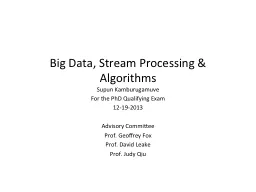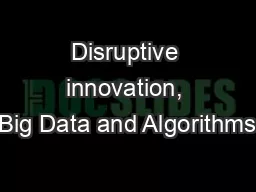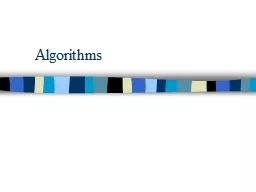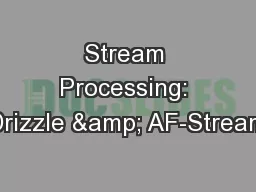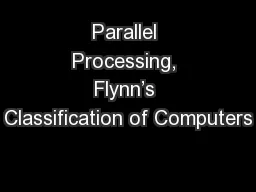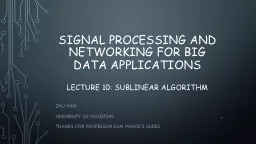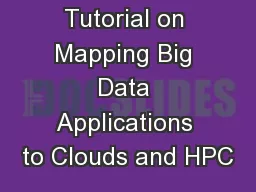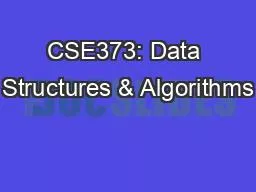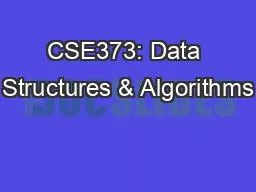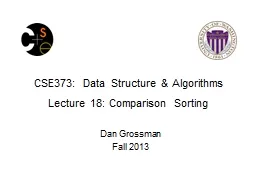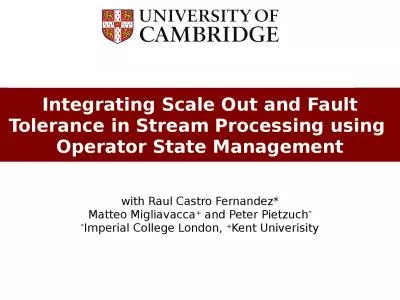PPT-Big Data, Stream Processing & Algorithms
Author : kittie-lecroy | Published Date : 2015-12-01
Supun Kamburugamuve For the PhD Qualifying Exam 12 19 2013 Advisory Committee Prof Geoffrey Fox Prof David Leake Prof Judy Qiu Outline Big Data Analytics
Presentation Embed Code
Download Presentation
Download Presentation The PPT/PDF document "Big Data, Stream Processing & Algori..." is the property of its rightful owner. Permission is granted to download and print the materials on this website for personal, non-commercial use only, and to display it on your personal computer provided you do not modify the materials and that you retain all copyright notices contained in the materials. By downloading content from our website, you accept the terms of this agreement.
Big Data, Stream Processing & Algorithms: Transcript
Download Rules Of Document
"Big Data, Stream Processing & Algorithms"The content belongs to its owner. You may download and print it for personal use, without modification, and keep all copyright notices. By downloading, you agree to these terms.
Related Documents

